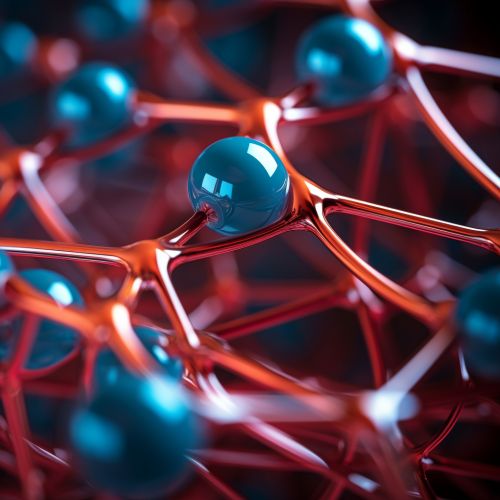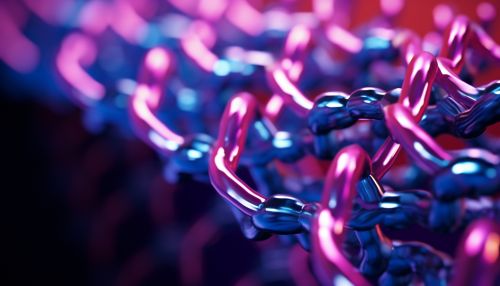Polymerization
Introduction
Polymerization is a process of reacting monomer molecules together in a chemical reaction to form polymer chains or three-dimensional networks. There are many forms of polymerization and different systems exist to categorize them.
Types of Polymerization
Polymerization can be classified into two types: addition (or chain-growth) polymerization and condensation (or step-growth) polymerization.
Addition Polymerization
Addition polymerization involves the linking together of monomers that contain a double bond. This type of polymerization is characterized by the fact that the monomers add together to form the polymer, with no other products.


Condensation Polymerization
Condensation polymerization, on the other hand, involves monomers that have two or more types of functional groups that can react with each other to form a polymer. This type of polymerization is characterized by the elimination of small molecules, such as water or methanol, during the polymer formation.
Mechanism of Polymerization
The mechanism of polymerization involves several steps, including initiation, propagation, and termination.
Initiation
Initiation is the first step in the polymerization process. It involves the reaction of a monomer with an initiator to form an active center from which the polymerization process begins.
Propagation
Propagation is the next step in the polymerization process. It involves the successive addition of monomer units to the active center, resulting in the growth of the polymer chain.
Termination
Termination is the final step in the polymerization process. It involves the removal of the active center, effectively ending the growth of the polymer chain.
Applications of Polymerization
Polymerization has a wide range of applications in various industries, including plastics, adhesives, coatings, and elastomers.
Plastics
In the plastics industry, polymerization is used to create a wide variety of plastic materials, such as polyethylene, polypropylene, and polyvinyl chloride.
Adhesives
In the adhesive industry, polymerization is used to produce adhesives that have specific properties, such as high strength, flexibility, and resistance to heat and chemicals.
Coatings
In the coatings industry, polymerization is used to create coatings that provide protection and aesthetic appeal to a wide range of products, from cars to furniture.
Elastomers
In the elastomer industry, polymerization is used to produce elastomers, which are rubber-like substances that can be stretched and will return to their original shape when released.
